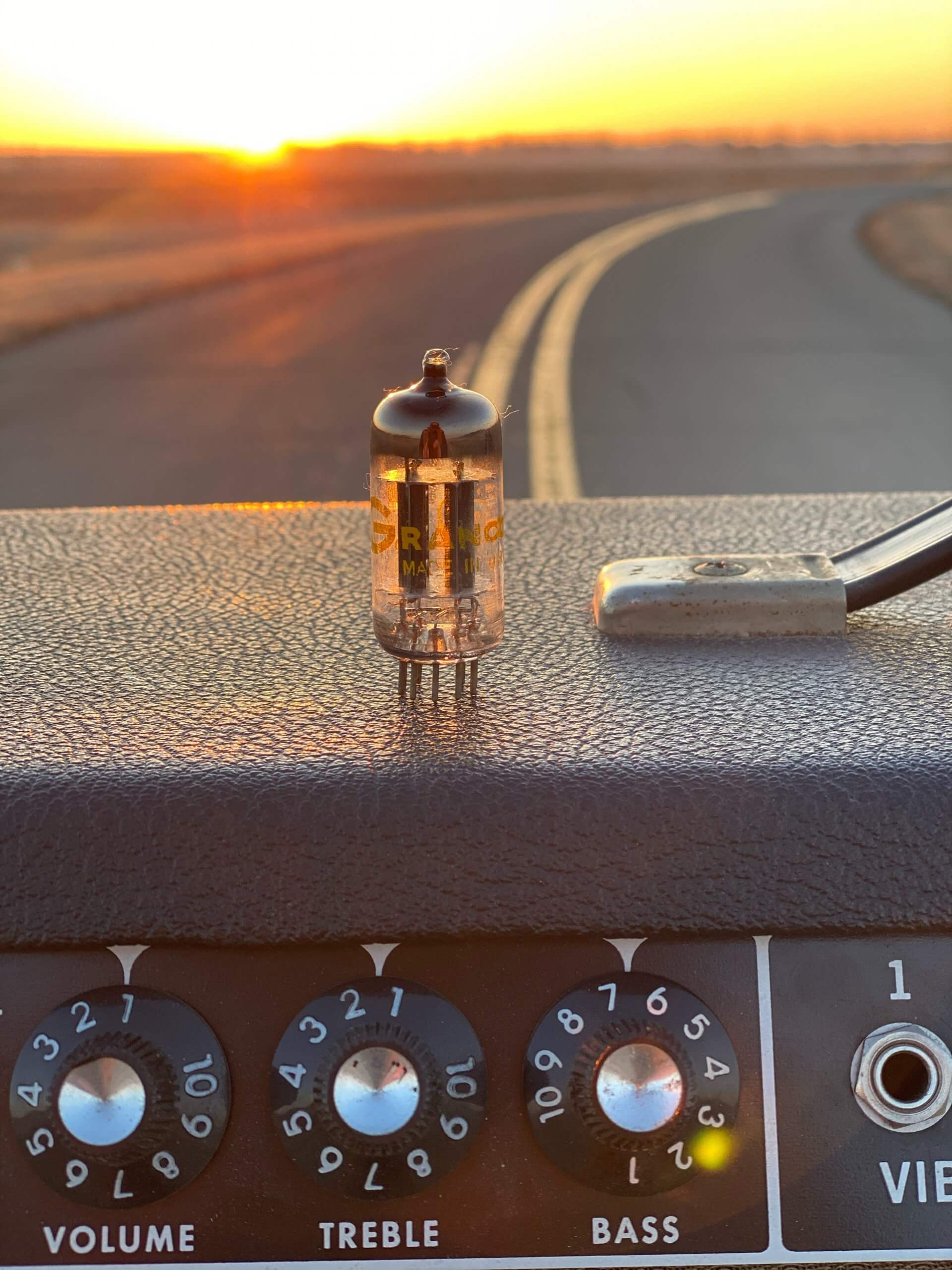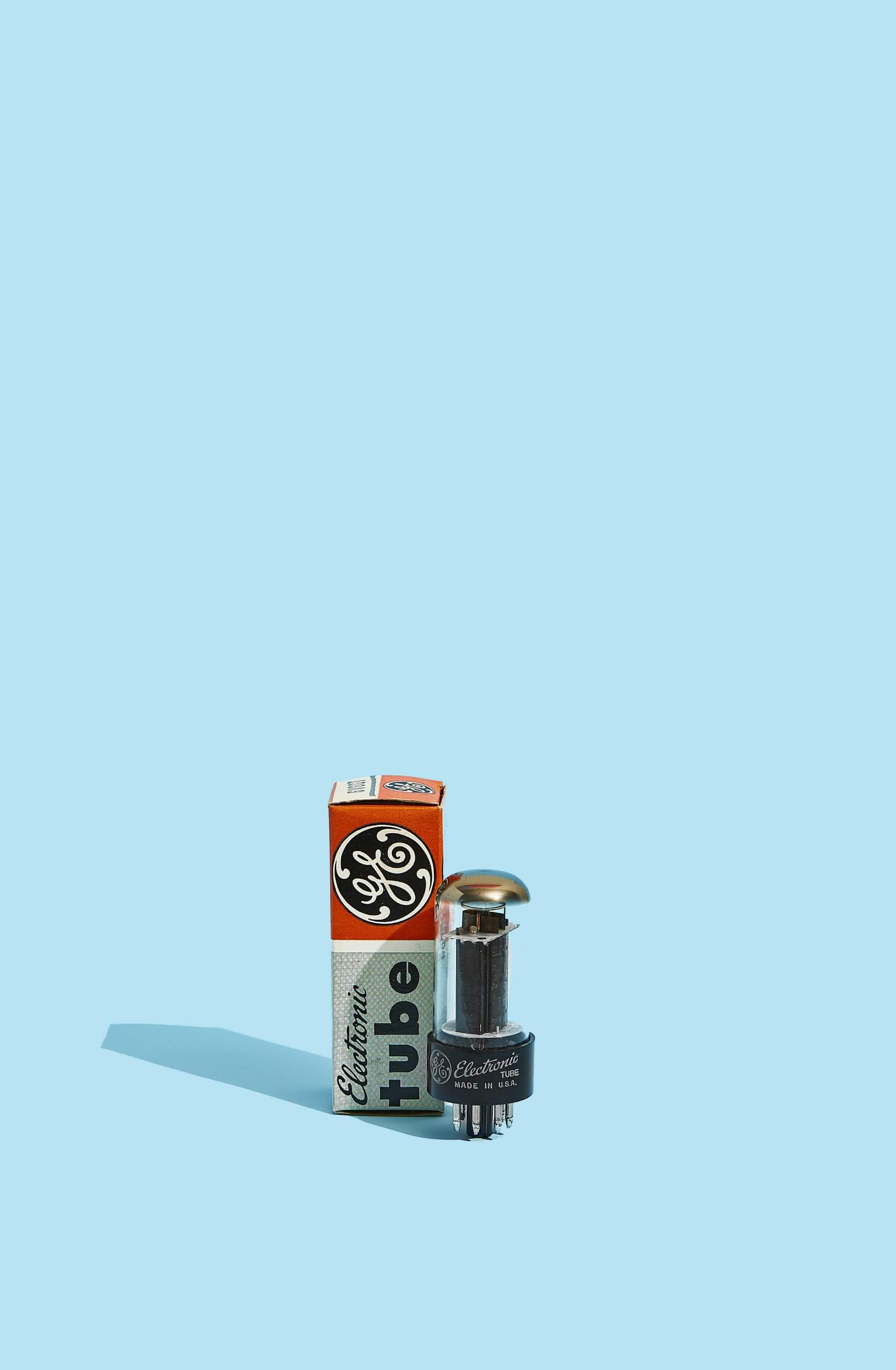From powering early radios to shaping the iconic sounds of rock ‘n’ roll, vacuum tubes have left an indelible mark on the history of audio technology. In this article, we’ll delve into the fascinating history of these ubiquitous devices and explore why they still hold a special place in the hearts of audio enthusiasts.
Vacuum tubes first rose to prominence in the early 20th century as the key component in radios and other electronic devices. Their ability to amplify signals made them essential for transmitting and receiving radio signals, and they quickly became the dominant technology of the era. Despite the advent of solid-state electronics in the mid-20th century, vacuum tubes continued to be used in specialty applications due to their unique tonal characteristics.

One of the most famous uses of vacuum tubes is in guitar amplifiers. These amplifiers utilize the unique tonal qualities of vacuum tubes to produce the warm, rich, and crunchy distortion that has come to define the sound of rock ‘n’ roll. From the classic Fender Tweed amps of the 1950s to the high-gain distortion of modern metal, vacuum tubes have been the preferred choice of guitarists for generations.
While all vacuum tubes produce a distinct tonal quality, different types of tubes produce different sounds. For example, preamp tubes such as the 12AX7 offer a warm and musical distortion, while power amp tubes like the EL34 or 6L6 produce a more aggressive and powerful distortion. Experimenting with different types of tubes is one of the keys to achieving the perfect tone for your guitar amplifier.

In recent years, there has been a growing desire among audio enthusiasts to collect vintage vacuum tubes. These tubes are prized for their unique tonal characteristics and historical significance, and are often sought after for use in vintage guitar amps and other audio equipment. With their timeless beauty and incomparable sound, it’s no wonder why vacuum tubes continue to be sought after by collectors and audiophiles alike.
Many guitarists and audio enthusiasts believe that vintage vacuum tube amplifiers sound better than their solid-state counterparts. They argue that the organic and musical nature of vacuum tube distortion creates a warmth and richness that is unparalleled by solid-state amps. Additionally, the unique tonal characteristics of different tubes allow for a level of customization and experimentation that is simply not possible with solid-state amps.
In conclusion, vacuum tubes are a timeless and essential part of audio history. From powering early radios to shaping the sound of rock ‘n’ roll, these remarkable devices have left an indelible mark on the industry. So why not take a moment to explore the world of vacuum tubes and discover the rich and warm sounds that they have to offer? Start your journey today by visiting FuzzAudio.Shop and explore our collection of vintage and modern vacuum tubes!
What is the difference between vintage and modern vacuum tubes?
Vintage vacuum tubes differ from modern tubes in both construction and sound. Vintage tubes are made with older, less-efficient manufacturing techniques, which can result in a warmer, richer tone. Modern vacuum tubes are typically made with more advanced manufacturing methods and materials, resulting in a more consistent and reliable sound.
Can vacuum tubes be used in modern electronics?
Yes, vacuum tubes can be used in modern electronics, but their use has become increasingly rare. While vacuum tubes offer a unique and desirable tonal quality, they are less efficient and reliable than modern solid-state components. As a result, they are typically used in niche applications or by enthusiasts who seek the classic sound of vacuum tubes.
Why do vintage vacuum tubes sound better?
Vintage vacuum tubes sound better to many people because they produce a warmer, richer, and more organic tone than modern solid-state components. This is due to a combination of the materials and manufacturing techniques used in vintage tubes, as well as the natural aging process of the tubes themselves.
How can I tell if a vacuum tube is still good?
You can tell if a vacuum tube is still good by testing its electrical characteristics. This can be done with a vacuum tube tester, which measures the electrical conductivity of the tube. A healthy tube will have consistent conductivity readings, while a failing tube will show erratic or low conductivity.
Can vacuum tubes be repaired or do they need to be replaced?
Vacuum tubes can sometimes be repaired, but it is often more cost-effective to simply replace them. Repairing vacuum tubes requires a high level of technical expertise, and replacement tubes are widely available and relatively inexpensive. If you’re experiencing problems with your vacuum tube equipment, it’s best to consult with a knowledgeable technician or consult the manufacturer’s guidelines.